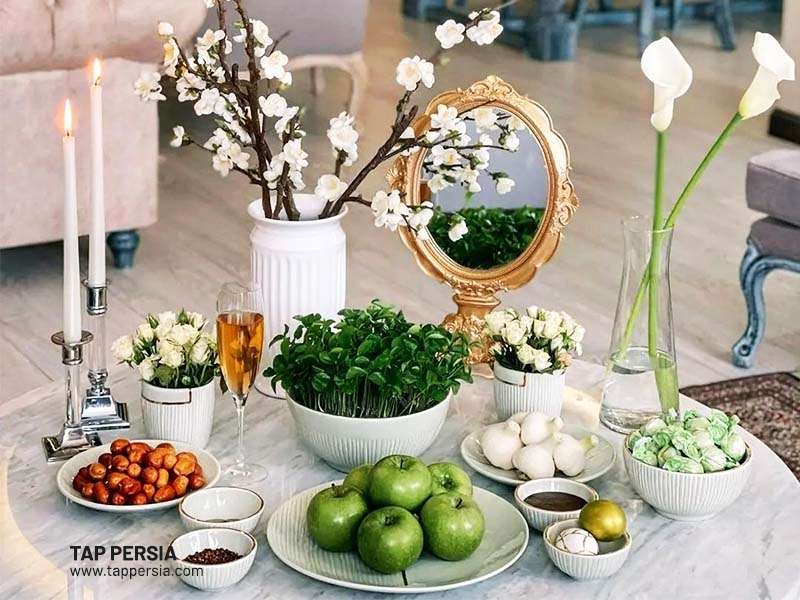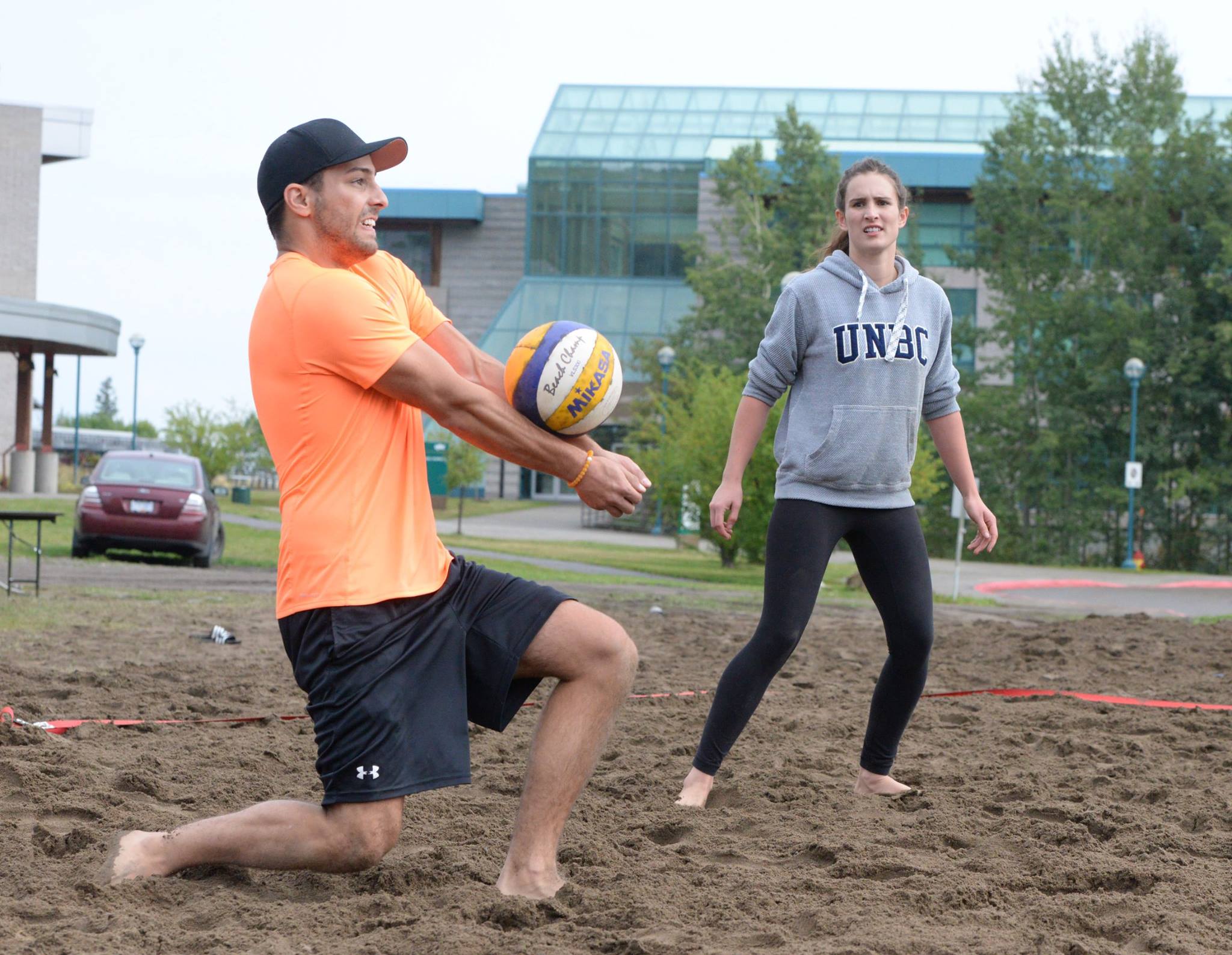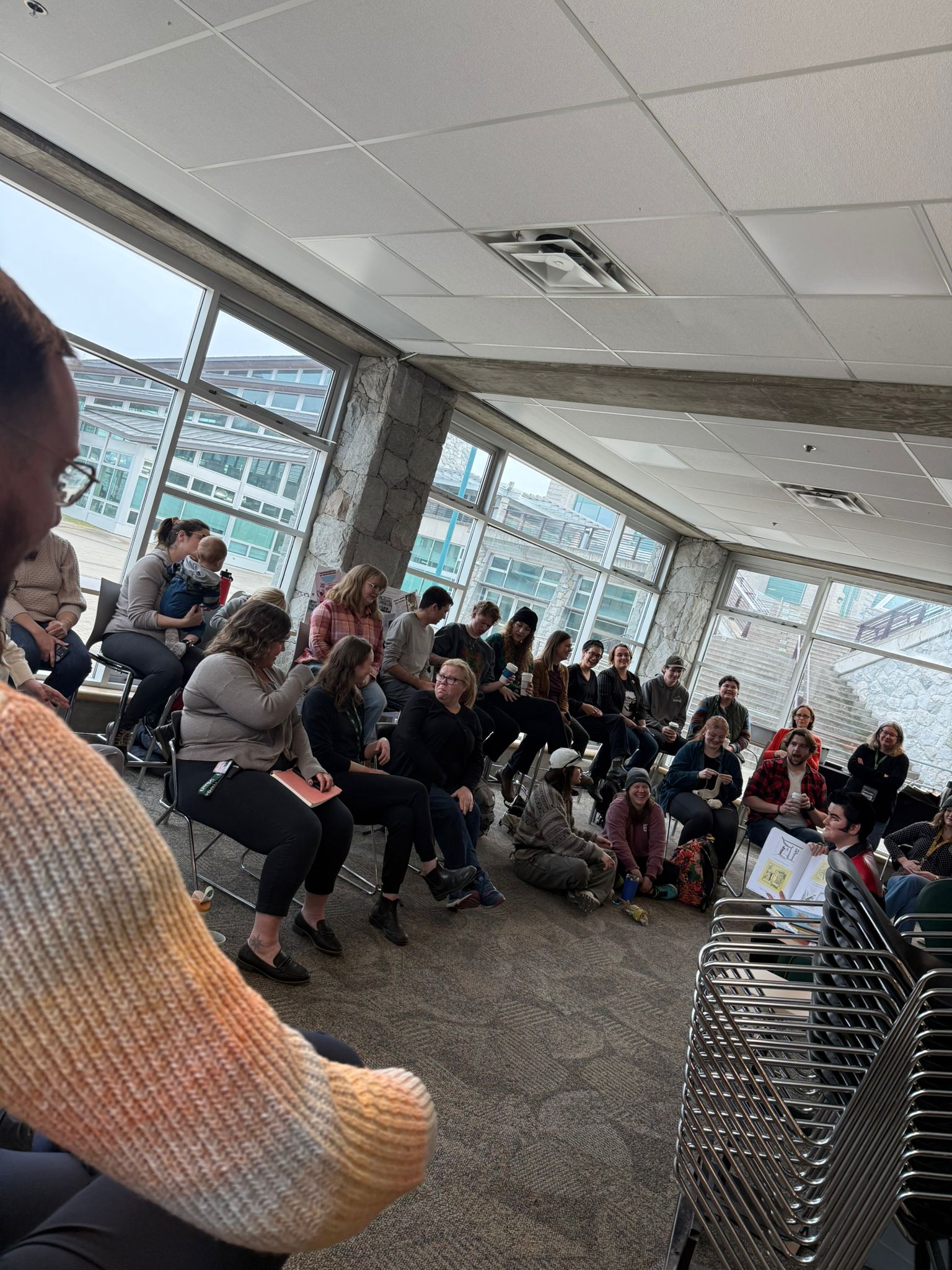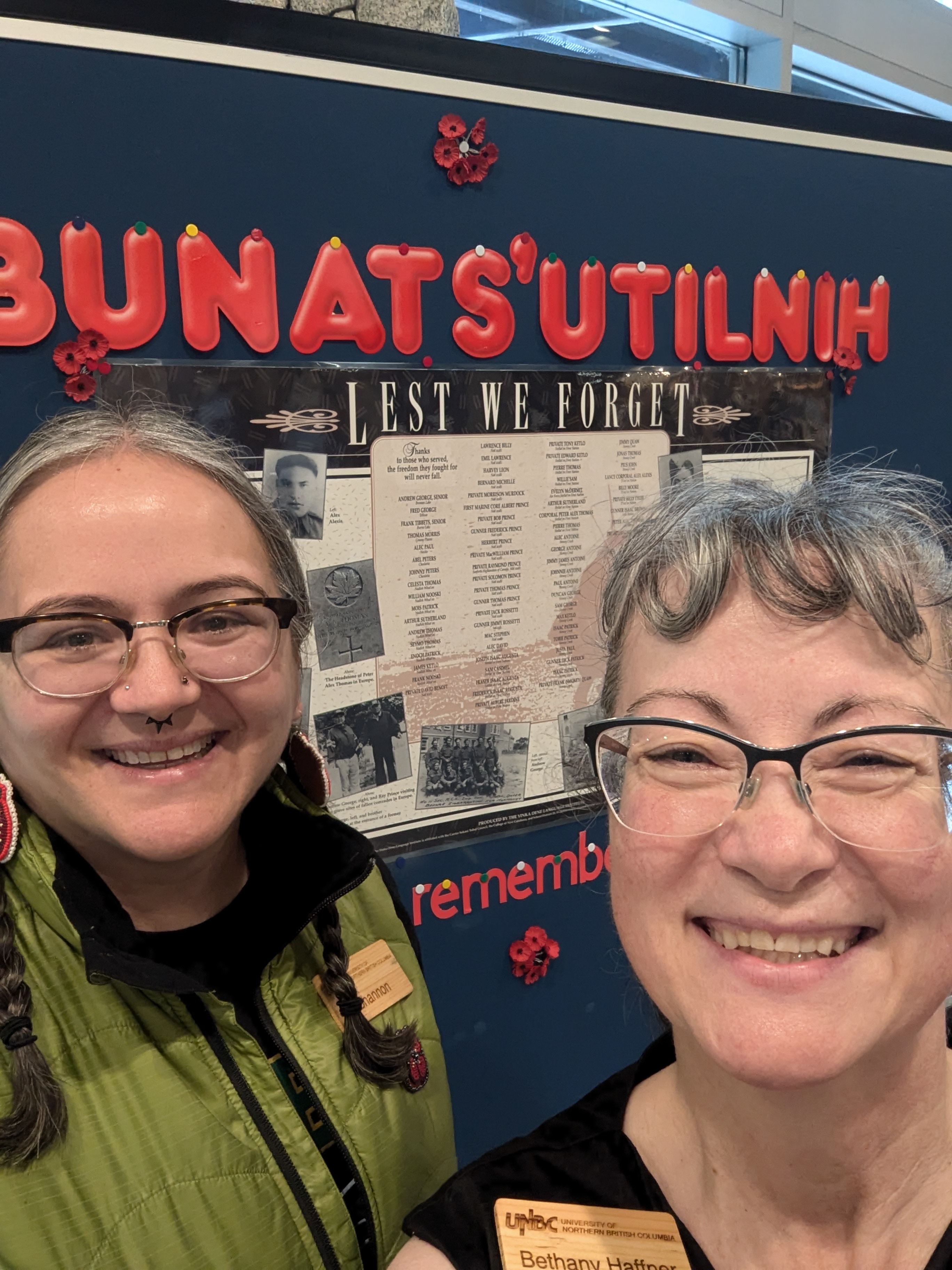What is Nowruz?
Let me explain what Nowruz is in a very simple language: Nowruz is like a big party to welcome spring and the New Year! People who celebrate Nowruz clean their houses, put up special decorations, and cook delicious food. They gather with family and friends to eat, dance, and have fun. It’s a time to forget about the past and look forward to new beginnings. People from all over the world, no matter what religion they follow, can join in the celebration of Nowruz and enjoy its message of hope and renewal. This is it and now if you are interested to know more, keep reading!
Nowruz/Navruz is a festival that has been celebrated for thousands of years by millions of people in Iran and the Persian diaspora for more than 3,000 years. Its roots are as a feast day in Zoroastrianism, a religion practiced in ancient Persia that viewed the arrival of spring as a victory over darkness. The Persian New Year is widely celebrated in regions which were once part of the Persian Empire. In recent years, Nowruz has gained recognition and popularity beyond Persian communities, with UNESCO recognizing it as an Intangible Cultural Heritage of Humanity in 2009. Cities around the world now host Nowruz festivals, featuring music, dance, and culinary delights, welcoming people of all backgrounds to join in the festivities.
Traditionally celebrated on the vernal equinox, many begin preparations for Nowruz weeks in advance. In the leadup to the holiday, people perform ritual dances and fill vessels in their home with water, which is associated with health, in an attempt to banish bad luck.
Nowruz is an official holiday in Iran, Afghanistan, Albania, Azerbaijan, Georgia, Iraqi Kurdistan, Kazakhstan, Kosovo, Kyrgyzstan, Mongolia’s Bayan-Ölgii province, Tajikistan, Turkmenistan, and Uzbekistan, and it’s widely celebrated in places like Turkey, India and other places with Persian enclaves.
In addition to its cultural significance, Nowruz holds deep spiritual and philosophical meaning. It emphasizes the values of renewal, reconciliation, and harmony with nature. It transcends borders and religious affiliations, uniting people in a shared celebration of life and the promise of a brighter future.
Fun activities people do in Nowruz!
People visit their family/friends’ houses and share delicious sweets/food.
The elderlies give youngsters “Eidi” which is “Money or sweets.”
Children run through the neighbors, signing Nawruzi’s song, knocking on doors and asking for “Eidi.”
People gather and jump over bonfires and sing traditional songs
Eat a lot, dance a lot and party a lot.
The Nowruz celebration lasts 14 days.
What is the Haft-Sin table?
It is the most prominent symbol of Nowruz that people put extra care and time into decorating it. In Farsi, “Haft-Sin” means “seven S’s”, it is seven items that begin with the letter S, and each item represents an important symbol of life.
- Sabzi: It is sprouted wheatgrass, which symbolizes rebirth and renewal of nature.
- Senjed: Oleaster or Russian Olive is a symbol of love and affection.
- Samanuk: is a wheat pudding representing fertility, wealth, and sweetness of life.
- Serkah: Vinegar, for the patience and wisdom that comes with age.
- Sib: Apples, the symbol of health and beauty
- Sumac: Crushed spice red berries symbolize the sunrise of a new day and the spice of life.
- Seer: Garlic, a symbol of medicine, taking care of oneself, and good health.
Haft-Sin table also includes a Mirror that symbolizes sky and self-reflection, a bowl of water Gold Fish in it representing movement and life, Candles indicating light in the darkness of life, Coins for wealth and prosperity, painted eggs for fertility. Another item in the Haft-Sin table is “Books of wisdom,” which can be the Holy Book Quran, Shahnomai Ferdowsi or Hafiz. While not all Persians are Muslim, Islam has been a significant religion in Iran for centuries. In addition to the Quran, other Persian literary works such as the Shahnameh (Book of Kings) by Ferdowsi and the poetry of Hafiz are also considered valuable sources of wisdom and cultural heritage. The Shahnameh is an epic poem that narrates the mythical and historical past of Persia, while Hafiz is renowned for his lyrical and spiritual poetry.
Including these books on the Haft-Sin table reflects the reverence for Persian literature and the importance of cultural heritage in Persian society. It signifies the celebration of knowledge, wisdom, and the rich literary tradition that has shaped Persian culture throughout history.
As we embrace the spirit of Nowruz, let us reflect on the timeless wisdom it imparts – the importance of resilience in the face of adversity, the power of unity in diversity, and the boundless potential for renewal and growth. May this Nowruz bring joy, peace, and prosperity to all.
Wishing you a Happy Nowruz, a happy spring, and a year filled with blessings and abundance!





